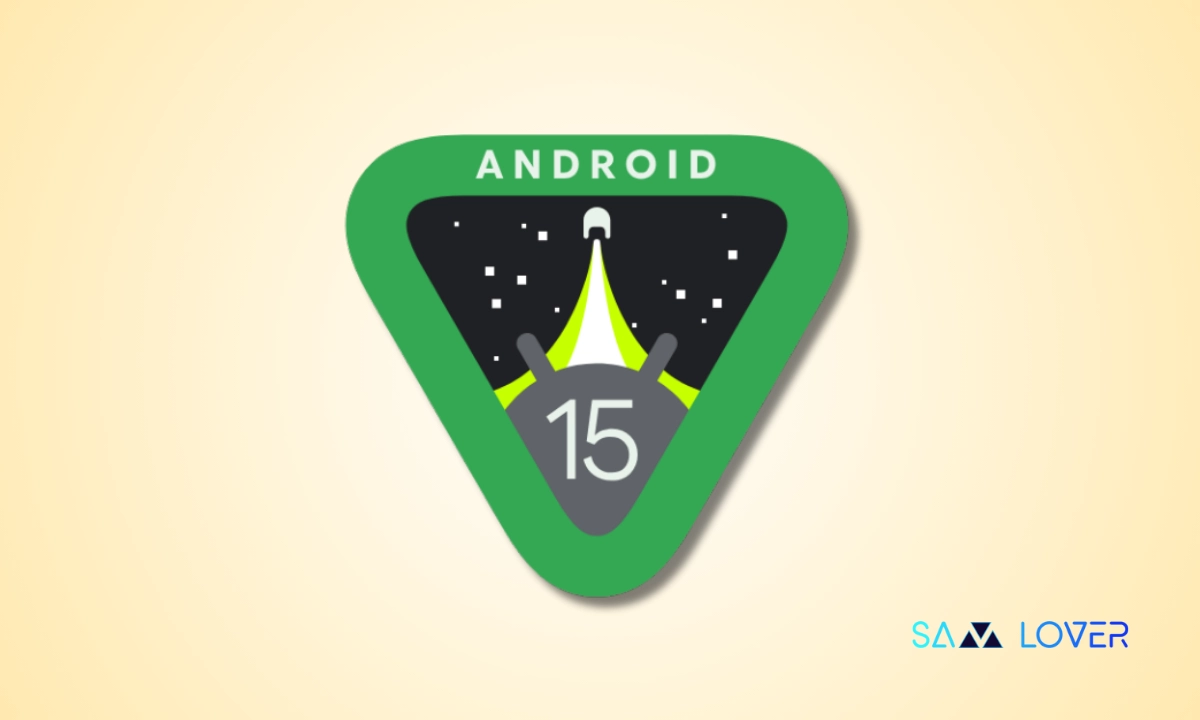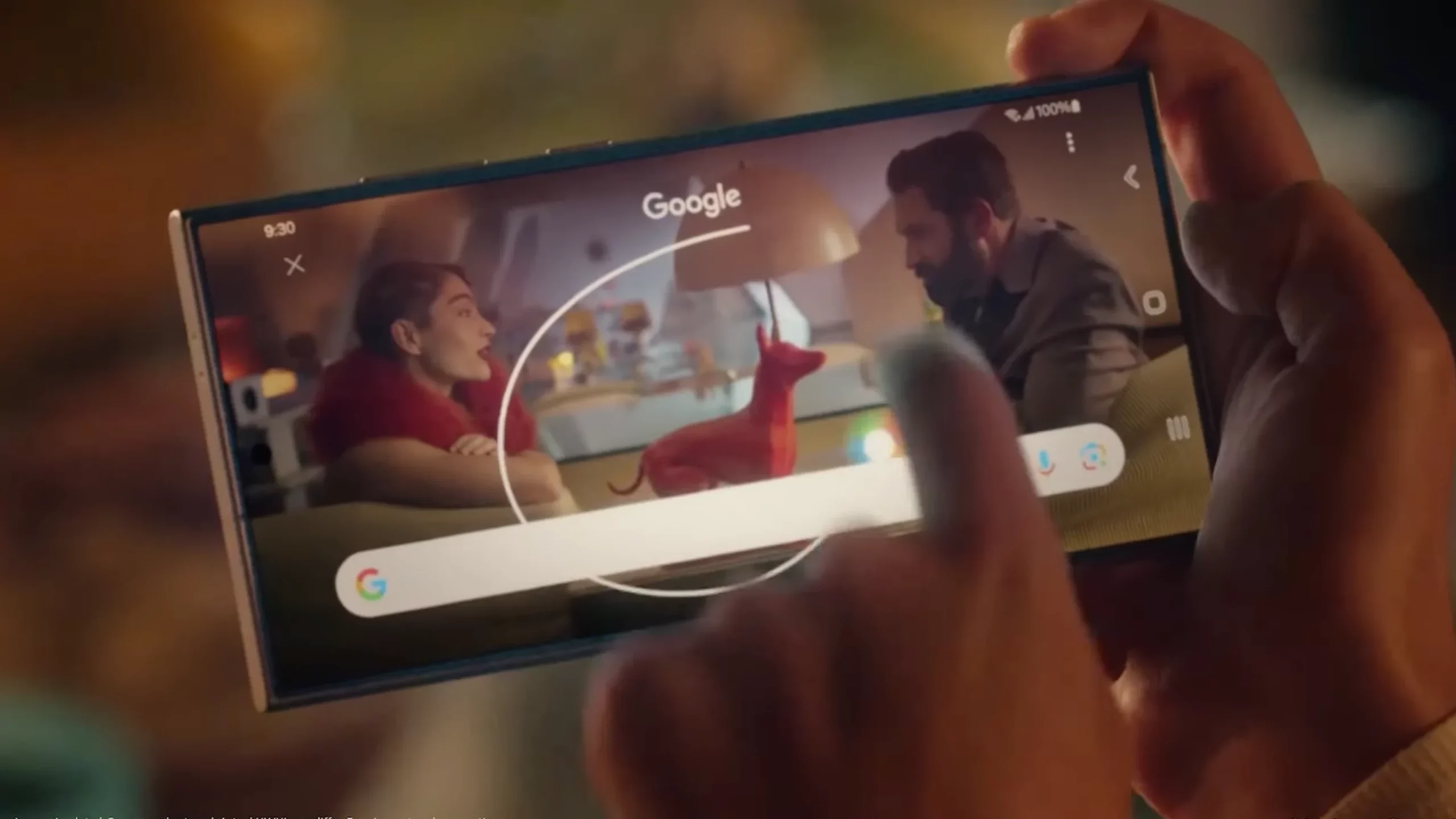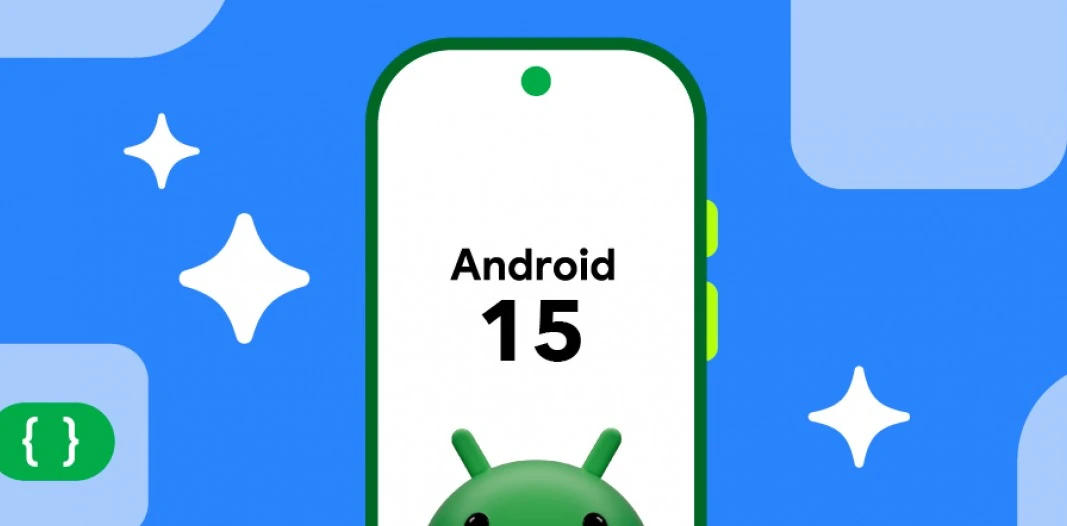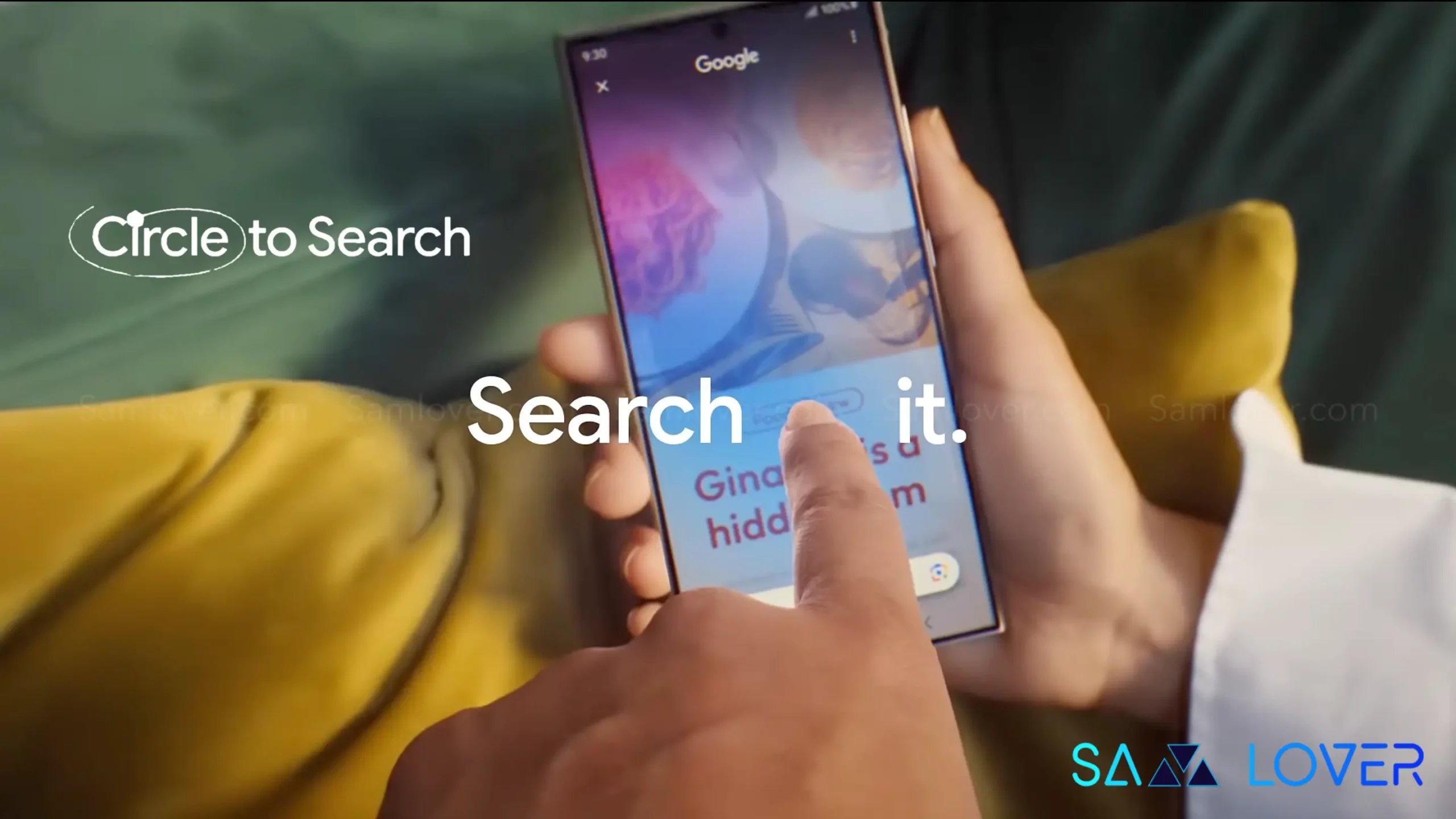Android 15
Android 15 Bringing An Extra Layer To Security & Privacy

The next major iteration for the Android device is Android 15, for which Google has already reached far away from the initial step and appears a bit closer to releasing it, at least in the beta stage.
Currently, Android 15 is still in the development stage and is expected to arrive in stable form by the end of summer and the fall of 2024. Now the latest update of the Developer Preview of Android 15 brings two brand new features that will add an extra layer of security and privacy, enhancing the secured experience.
Android needs major control over location data accessed by mobile network operators. As a solution for this issue, Android 15 is bringing a new feature to particularly address this privacy gap, so now the users don’t have to worry regarding their privacy over location details that can be collected by the mobile network operator.
The trouble that the development team has to go through is that the manufacturer of the cellular radio is produced by a third-party manufacturer as compared to the one that produces the device. To make sure that the operating system and hardware can interface, well-defined APIs of the hardware abstraction layer type are used, a software component that plays the role of an interface between hardware and operating system.
Android 15 brings a new feature named “Location Privacy HAL’ for offering more control over location details shared with cellular networks to users. Here HAL stands for ‘Hardware Abstraction Layer’, which acts as a mediator between the operation system and the cellular radio. Now, with this new feature, the device can block non-emergency location requests from the carrier directly.
Although emergency calls and texts will still transmit location data, the HAL will not interrupt previously approved location sharing. Although this new feature was not the latest one in Android 15, since it already appeared earlier in Android 14 QPR2, it vanished for the final release.
Android 15 also brings a new security feature named ‘StingRay’ devices. These surveillance tools mimic cell towers to trick phones into connecting and steal recognized details, for instance, IMSI (SIM card ID) and IMEI (device ID). This feature appears as fake cell towers just to trick the device into connecting and also permits users to steal their phone’s ID information, but can result in more danger. This is speculated to be the tipster Mishaal Rahman within the source code of the Developer Preview 2 of Android 15. The code contains two strings regarding a notification that should appear when a third party tries to access one of the two device identifiers.
<string name=”scIdentifierDisclosureIssueSummary”> ”A network on the %4$s connection recorded your device’s unique identifier (IMSI) %1$d times in the period between %2$tr and %3$tr.” </string>
<string name=”scIdentifierDisclosureIssueTitle”> Device identifier accessed</string>
<string name=”scCellularNetworkSecuritySummary”> Review settings</string>
<string name=”scCellularNetworkSecurityTitle”> Cellular network security</string>
However, it is not clear yet exactly when this new security measure will make its debut during the development cycle of Android 15, but it is expected that it will arrive in beta 1 by April.
Android 15
Samsung Galaxy Users Deserve Circle to Search: Should Expand with One UI 7 (Android 15)

Samsung’s Android 14-based One UI 6.1 brought the Galaxy AI, which includes ‘Circle to Search by Google’ and more generative AI features. Now the next major iteration is Android 15-based One UI 7.0, which should expand the Circle to Search novelty to more Galaxy devices.
Samsung has already officially stated that among all Galaxy AI features, the ‘Circle to Search’ by Google is the most popular one. The giant exclusively debuted the Galaxy AI on the Galaxy S24 series earlier this year, then expanded it to the 2023 flagship devices, and is now all set to offer it to the 2022 flagship Galaxy devices.
In our opinion, Samsung should expand the Circle to Search feature with One UI 7.0 on more Galaxy devices, including the rest of its flagship smartphones, foldables, and a few mid-range devices.
Here’s the question: Why should Samsung expand the Circle to Search by Google feature on more Galaxy devices with One UI 7.0?
The Korean giant initially disclosed the official eligible device list for the Galaxy AI features, then again expanded it and added more devices, including the Galaxy Tab S8 series, Galaxy Z Fold 4, Galaxy Z Flip 4, Galaxy Z Fold 3, Galaxy Z Flip 3, and Galaxy S22. In our opinion, Circle to Search is not a generative AI feature because, in a way, it doesn’t generate a new result; it just takes you to results, just like Google Lens, which is already available on all Android smartphones.
Google introduced Google Lens on October 4, 2017, which is a visual search tool that just uses AI to identify objects and text. On the other hand, Circle to Search by Google is also running on the same mechanism, but the only difference is that it has a major plus point: a kind of shortcut that allows you to search anything from the screen by just circling the image, even without switching between the apps.
This means the Circle to Search feature does not require a special mechanism or expensive software or hardware, so it can run on any Galaxy device. That is why we are saying that One UI 7.0 should expand the Circle to Search feature on more Galaxy devices.
We can expect ‘Circle to Search’ Feature should be available for these Galaxy Devices
- Galaxy S21 series
- Galaxy S21 FE
- Galaxy A73
- Galaxy A55
- Galaxy A54
- Galaxy A53
- Galaxy A35
- Galaxy A34
- Galaxy A33
- Galaxy M55
- Galaxy M54
- Galaxy M53
- Galaxy F55
- Galaxy F54
- Galaxy Tab S9 FE series
Although Samsung has not revealed anything officially yet, we are just predicting that the giant should expand the Circle to Search feature on more Galaxy devices.
Android 15
Android 15 Could Optimize Lock Screen & Notifications for Landscape Mode

Android 15 is the next major iteration in the Android industry, which is expected to revamp the lock screen and notifications panel to look better in landscape mode on smartphones.
Transparently, Android’s user interface works decently on both smartphones and tablets but is optimized for their typical alignments, for instance, portrait on smartphones and landscape on tablets. Somehow this causes issues while using the device in the opposite mode, with elements such as a lock screen and notifications not displaying competently.

However, the forthcoming Android 15 update assures an improved landscape layout facility for both the lock screen and notification panel on phones. The present lock screen on Android 14 smartphones does not have a landscape mode at all. Noticeably, the notification panel does exist in landscape mode, but the fact is, it’s not ideal. A lot of wasted space appears; for instance, notifications only fill half the width, and crucial elements such as the brightness slider and user switcher are hidden until you swipe down again.

On the opposite side, the reports reveal that the newer notification panel layout that is manually enabled in Android 15 leaves enough space to show your notifications. The detailed arrangement is mentioned below:
- Four of your Quick Settings tiles (in a 2×2 layout), the brightness slider, and the rest of the previously mentioned elements.
The new landscape mode layout for the phone’s lock screens appears similar to the one for tablets. Initially, the landscape-optimized UI for the lock screen in Android 14 QPR1 Beta 1 was released in September, and then the landscape-optimized UI for the notification panel in Android 14 QPR2 Beta 2 was released in December.

It is expected that Google will bring these new landscape-optimized layouts for the lock screen and notifications panel, which are clear improvements from the current baseline.
Android 15
Android 15 Could Bring Circle To Search Functionality Same As One UI 6.1

Google’s next iteration of Android 15 is actively mounting up for a stable release, as the giant has already made theAndroid 15 Beta 1.2 beta available to download. It appears that this new iteration is copying the Circle to Search feature from Samsung’s One UI 6.1.
Google’s Circle to Search feature initially debuted on Samsung’s Galaxy S24 series smartphones in January earlier this year; later, Google announced the feature for its Pixel and more Samsung smartphones, tablets, and foldable devices. This feature helps you directly search for anything appearing on the screen by just circling the object or text that you want to search for, without even needing to switch between the apps.
Noticeably, this feature helps you even when you are using the application in split-screen mode on Galaxy devices; unfortunately, on Google Pixel devices, the feature will not be able to function in split-screen mode. But now the reports state that Google seems to be working on overcoming this limitation with Android 15.
This is being speculated by the Android 15 beta running on the Pixel 8 Pro device. This Pixel Launcher has a flag that, when authorized, permits you to use Circle to Search even while you are in split-screen mode, the same as Galaxy smartphones and tablets.
However, Google has yet to officially announce its plans to offer this feature in the stable version of Android 15, but it is expected that it will do so as it would be a quite convenient addition. As of April 2024, Circle to Search is available on the Galaxy S24 series, the Galaxy S23 series, the Galaxy S23 FE, the Galaxy Tab S9, and more devices through the One UI 6.1 update.












